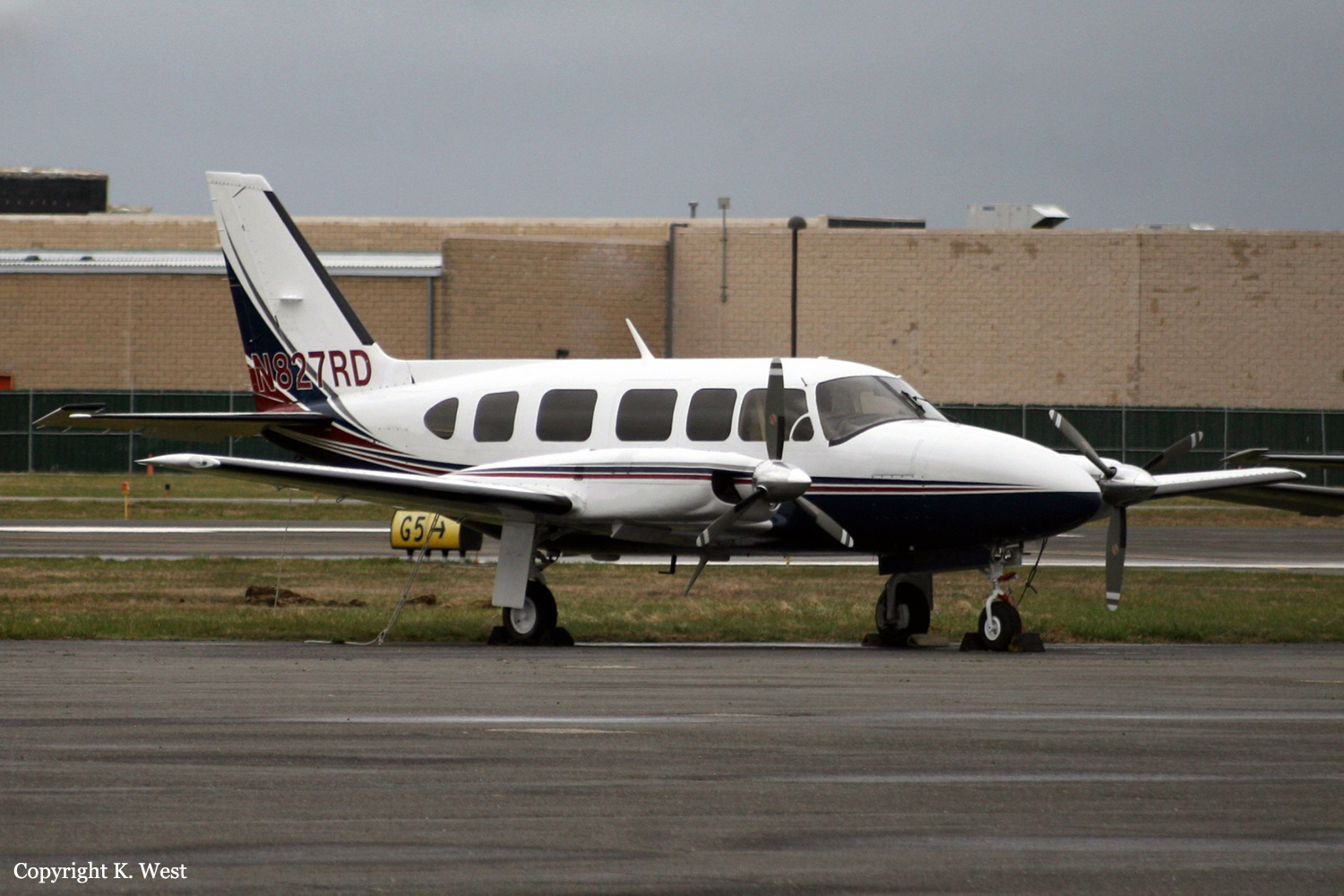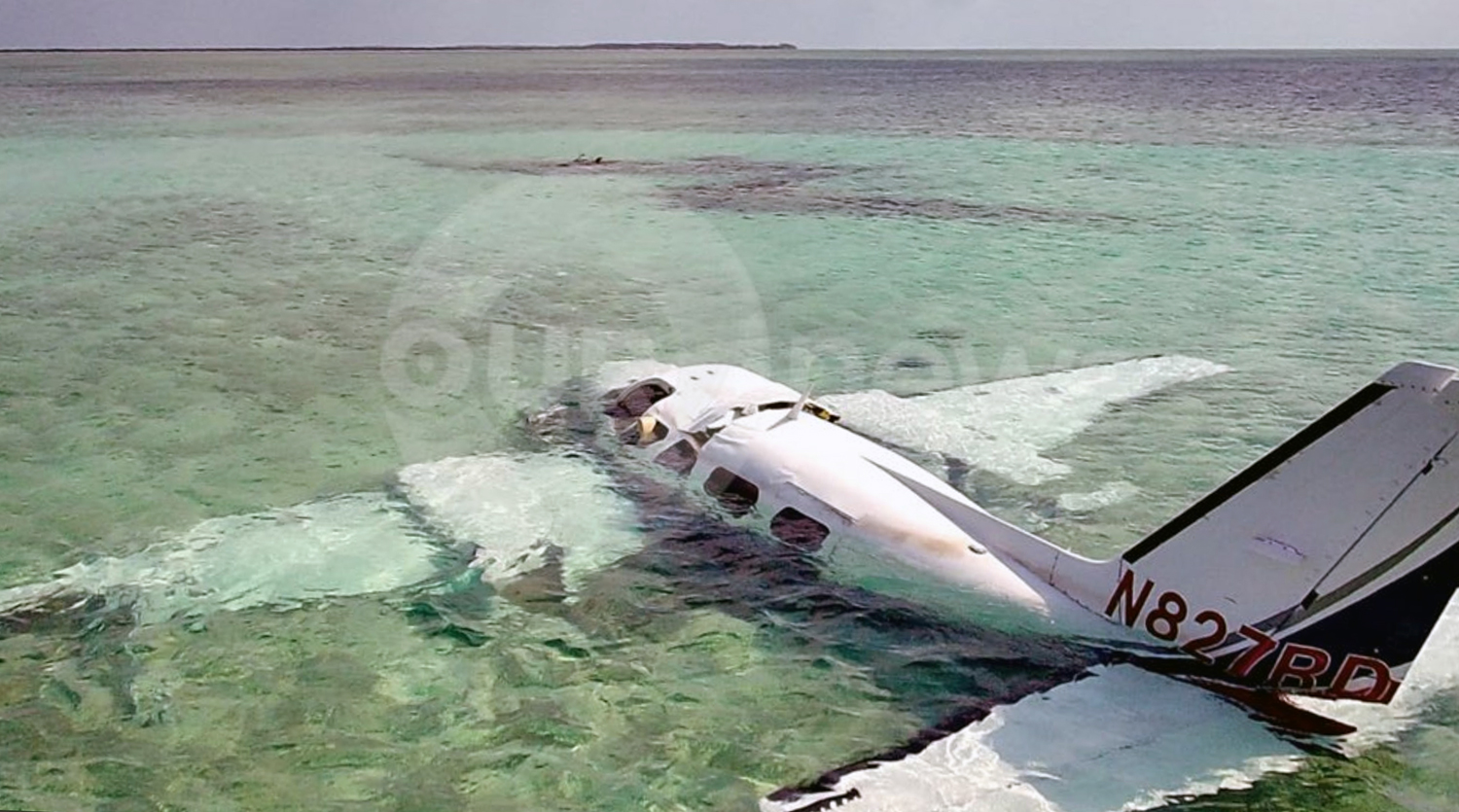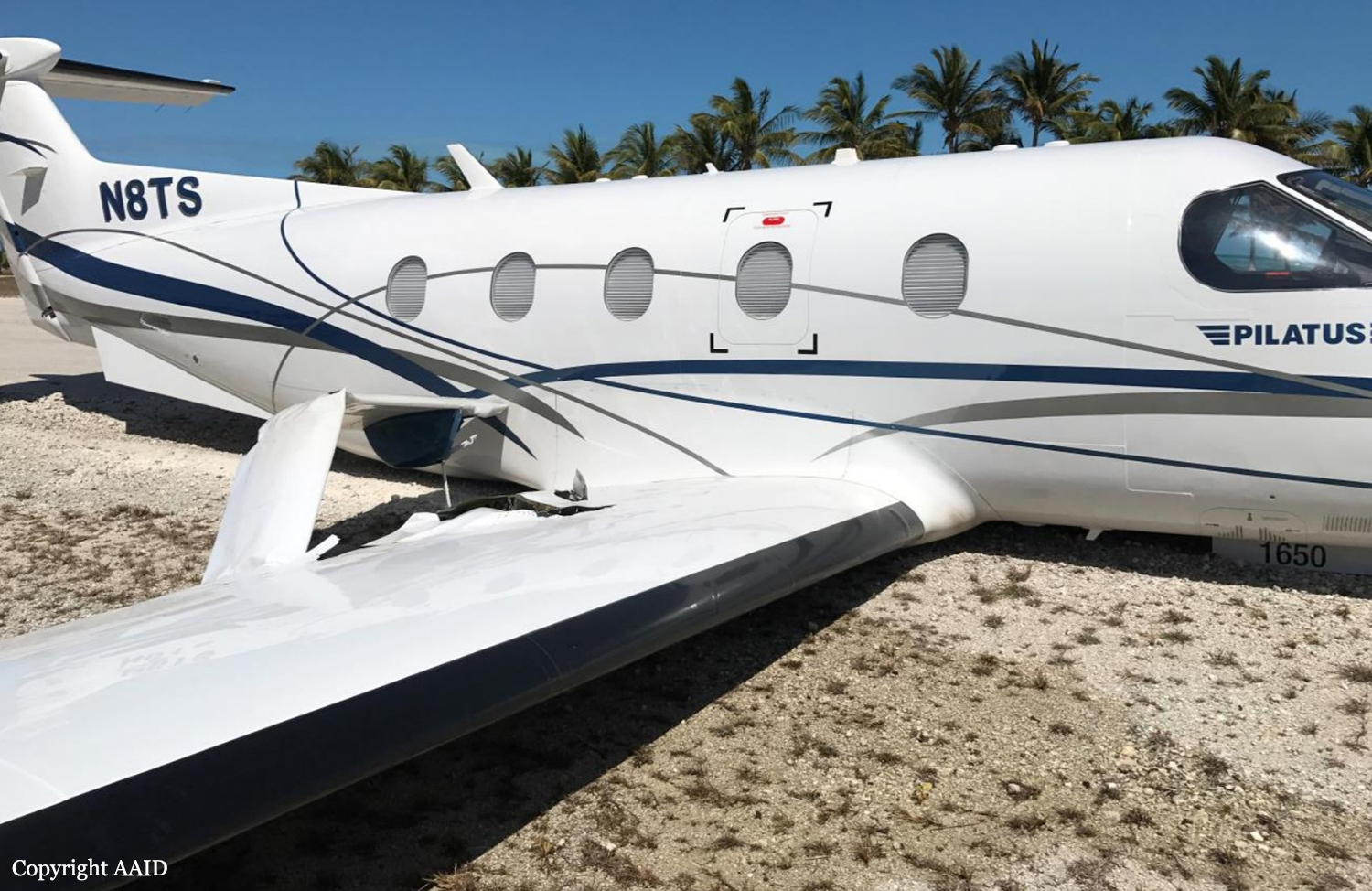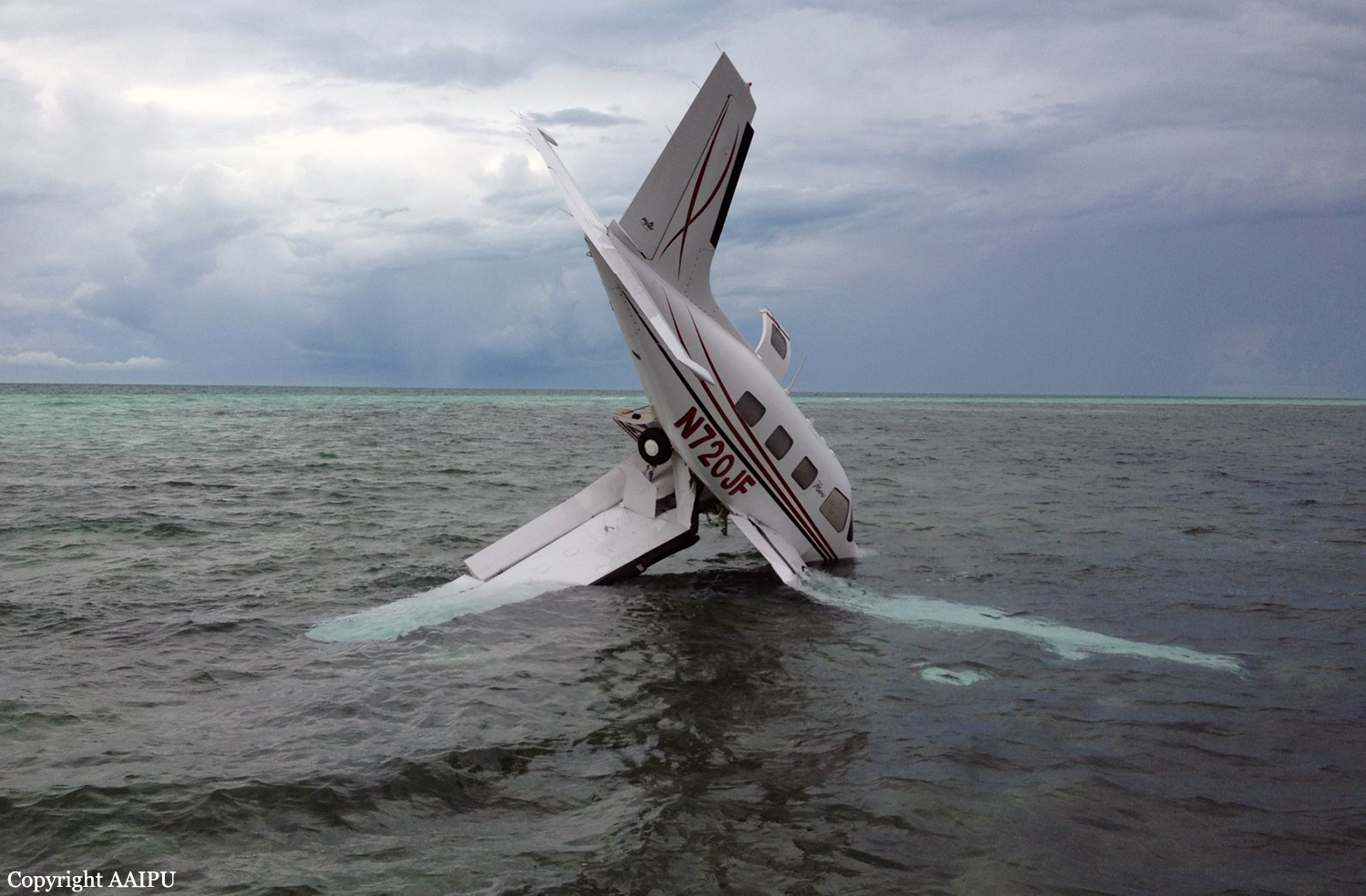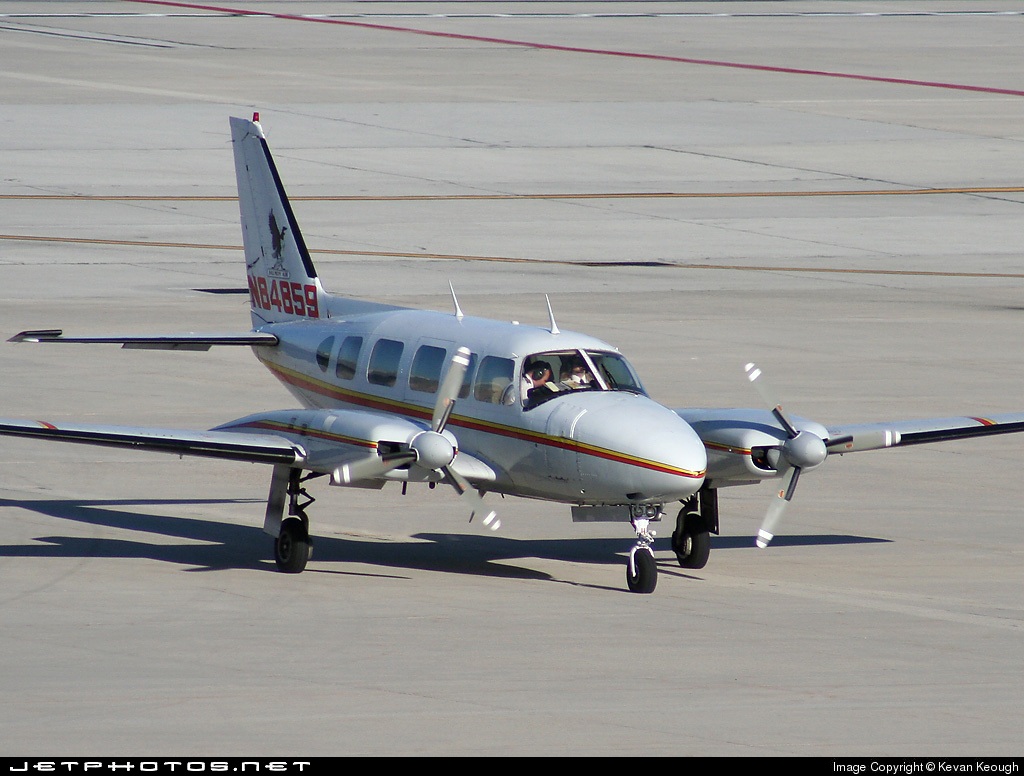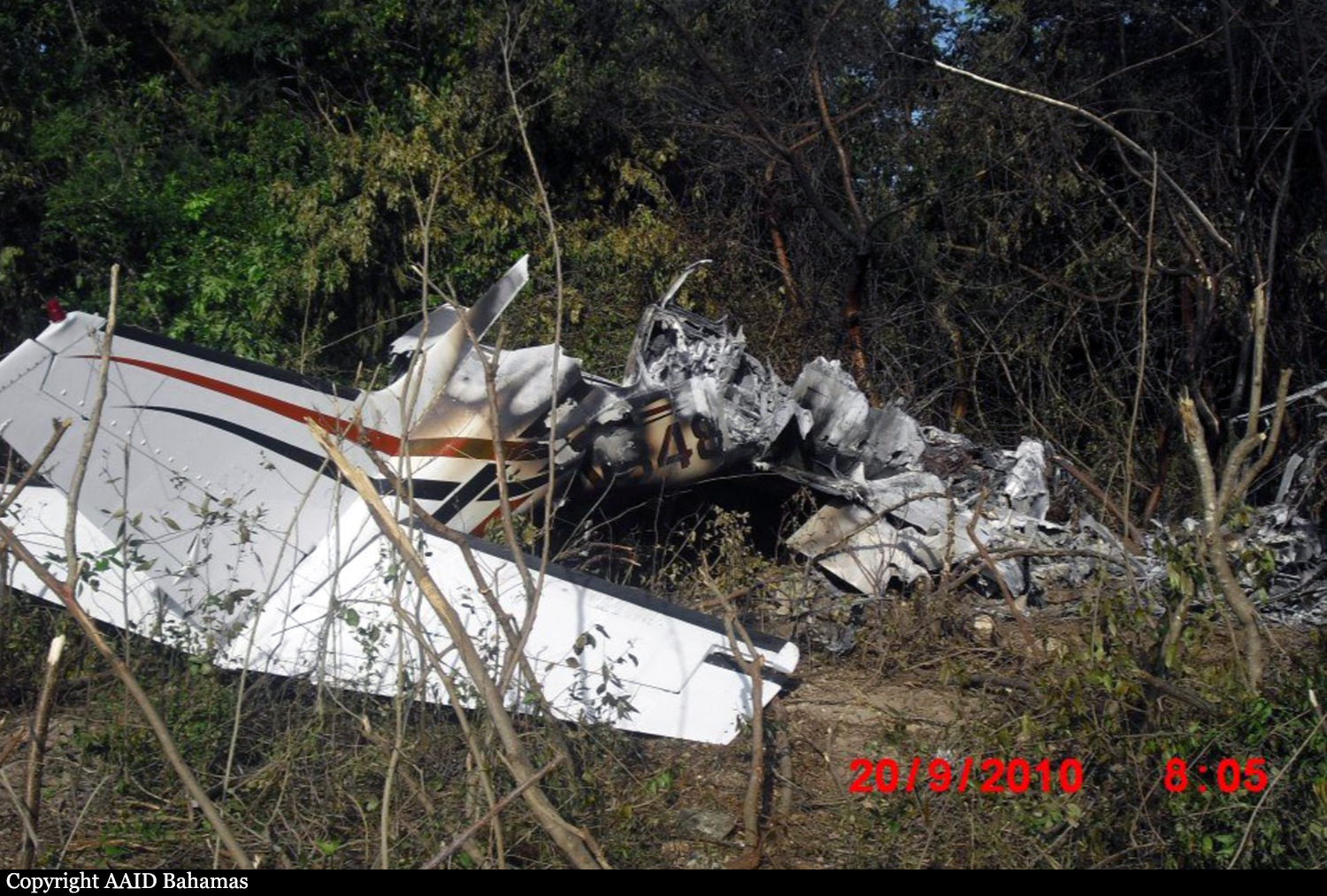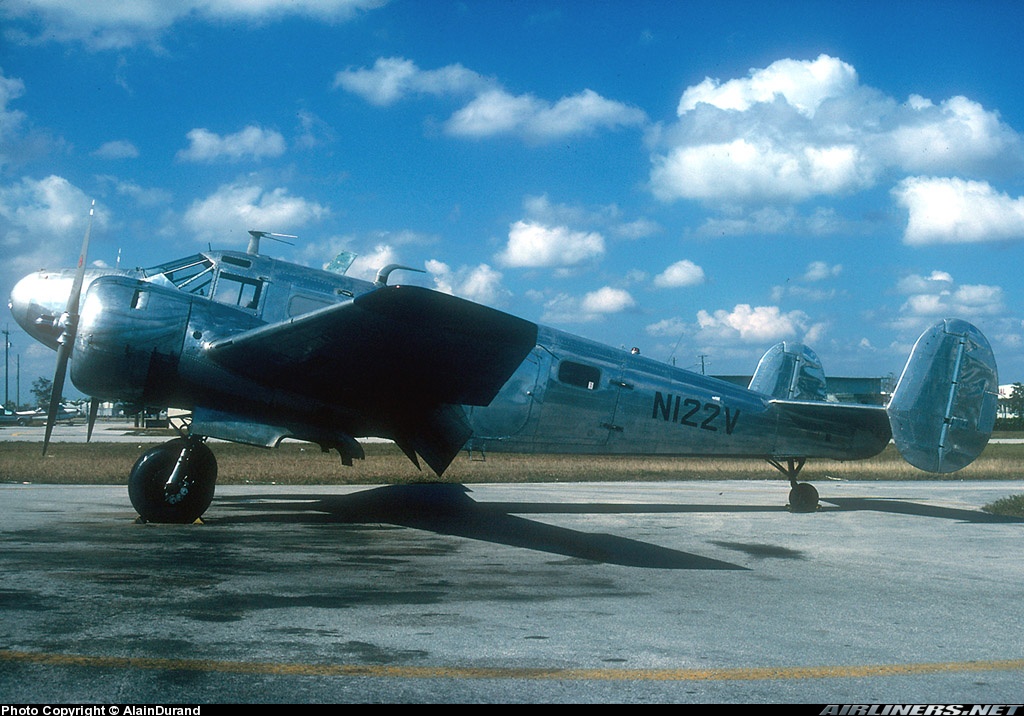Crash of a Cessna 402B off Bimini: 1 killed
Date & Time:
Aug 19, 2023 at 1258 LT
Registration:
C6-SPK
Survivors:
No
Schedule:
Fort Lauderdale – North Eleuthera
MSN:
402B-1054
YOM:
1976
Crew on board:
1
Crew fatalities:
Pax on board:
0
Pax fatalities:
Other fatalities:
Total fatalities:
1
Circumstances:
On 19th August 2023 at approximately 12:25 pm local (1625 UTC), a Cessna 402B aircraft which was last registered in The Bahamas until 17th July 2022 as C6-SPK (serial number 402B-1054), departed from the Fort Lauderdale International Airport (KFLL), Fort Lauderdale, FL, USA with one (1) person on board enroute to the North Eleuthera International Airport (MYEH), Eleuthera, Bahamas. The aircraft was expected to return to KFLL shortly after 2:00 pm later that afternoon, however, it never arrived at its intended destination. It was reported that at approximately 12:58 pm (1658 UTC), KFLL air traffic control observed the aircraft in a rapid descent from an altitude of approximately 8,400 feet mean sea level (MSL) to about 4,500 feet MSL, while at coordinates 25.84N 78.90W, approximately some 70 nautical miles south east of KFLL, or approximately 18 nautical miles north east of Bimini, Bahamas. The aircraft was not observed on radar after the rapid descent. Upon notification that the aircraft was overdue, search and rescue protocols were initiated with coordination between the United States Coast Guard (USCG), Royal Bahamas Defence Force (RBDF), Royal Bahamas Police Force (RBPF), with assistance from the Bahamas Air Sea Rescue Association (BASRA). During search and rescue, aerial and marine assets from the US Coast Guard and RBDF responded to areas in vicinity of the last known position of the aircraft, initially identified at coordinates 25.84N 78.90W. An updated position of the aircraft was later provided by the US Coast Guard and identified at coordinates 25°20'35.00"N 76°59'46.00"W, at a distance of approximately 17 nautical miles southwest from MYEH. Assets also searched the updated position with combined search efforts extending up to 21st August 2023. As of the time of release of this report, neither the pilot nor the aircraft has been located.
Probable cause:
The AAIA was unable to determine a probable cause in relation to this occurrence and subsequently classify the probable cause as unknown or undetermined. Based on the information revealed during the course of the investigation, it seemed apparent that weather may have potentially been a contributory factor to what ultimately resulted in the missing pilot and aircraft, but there was insufficient evidence to definitively come to that conclusion.
Final Report:


